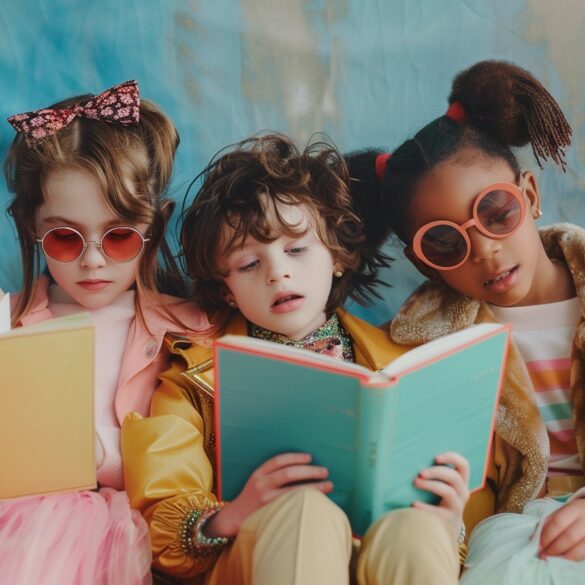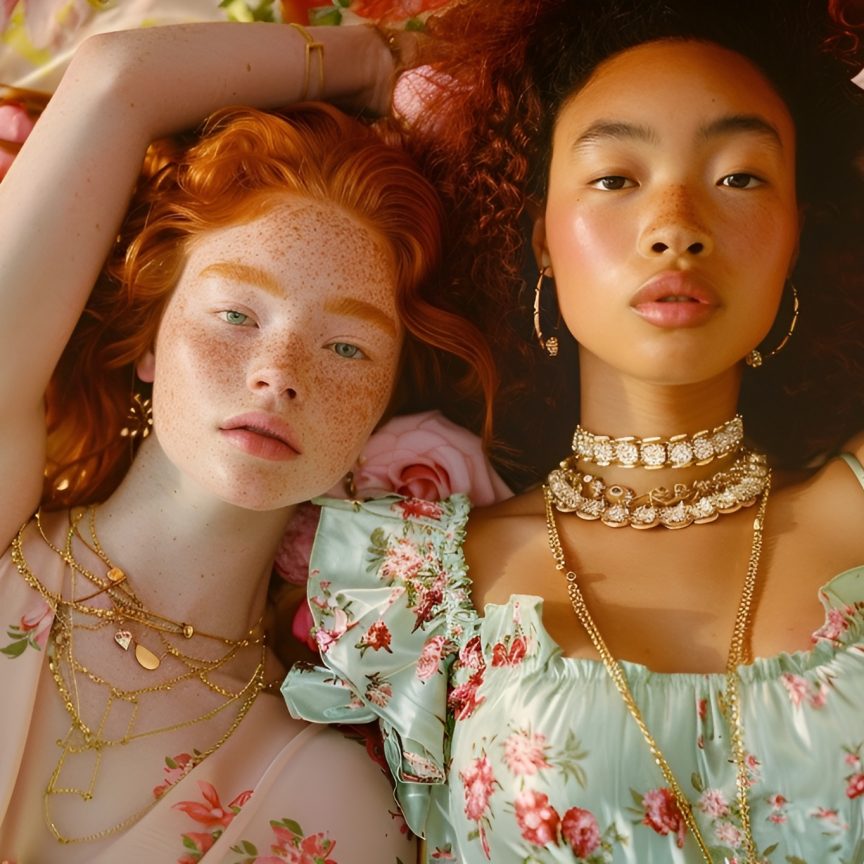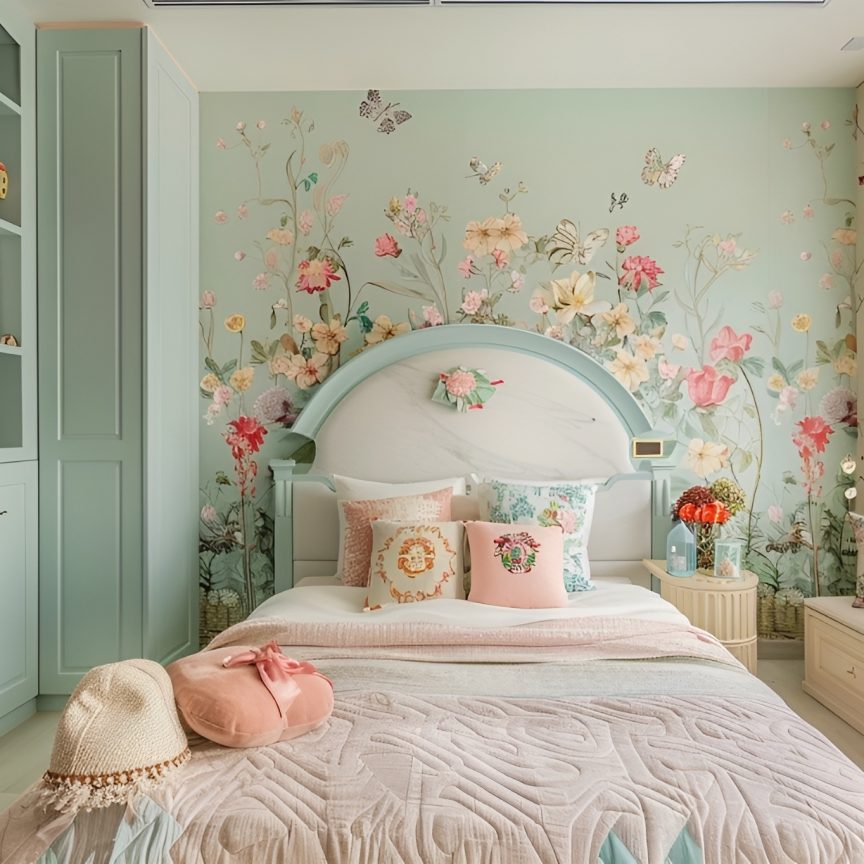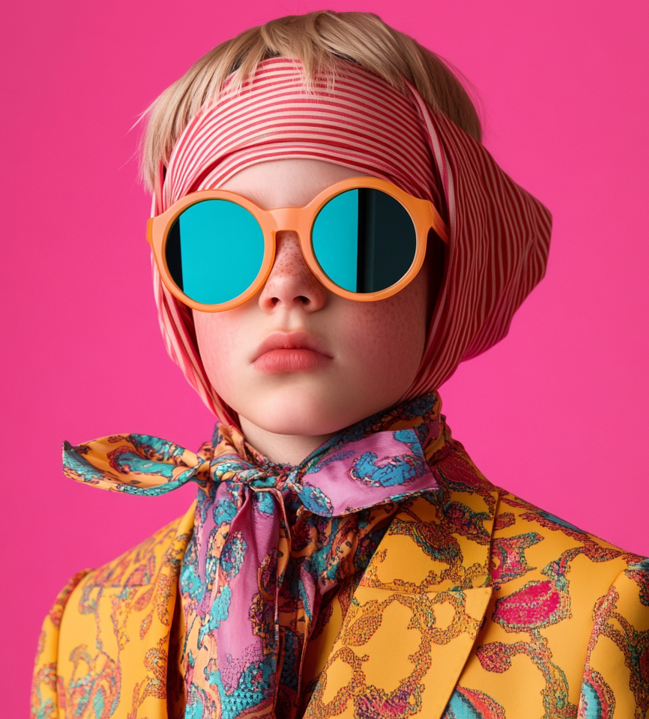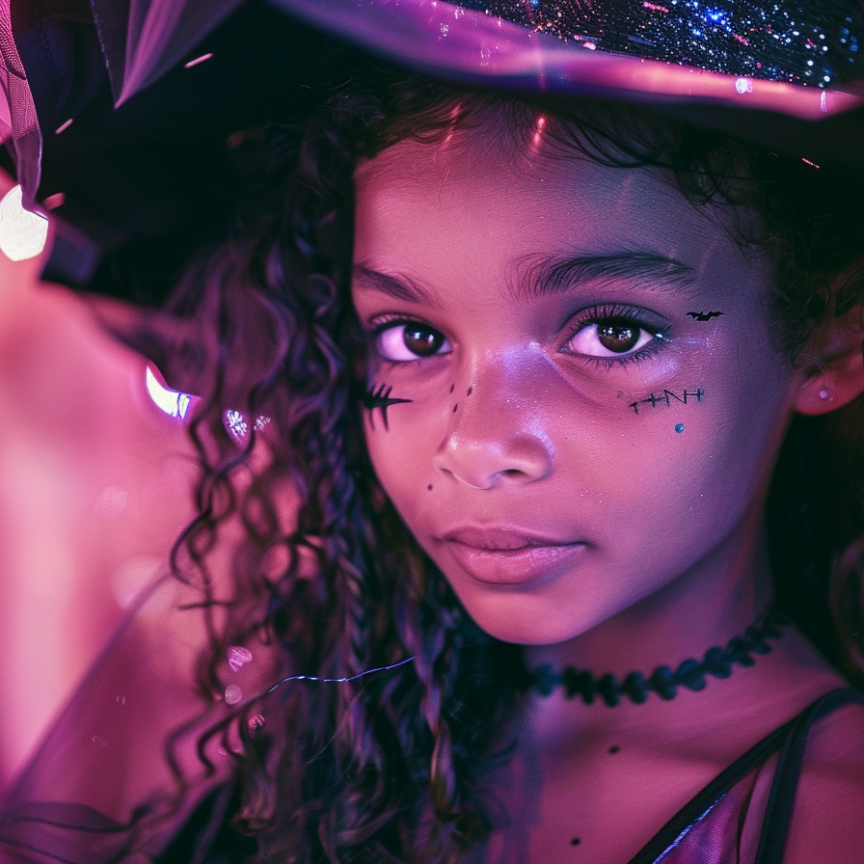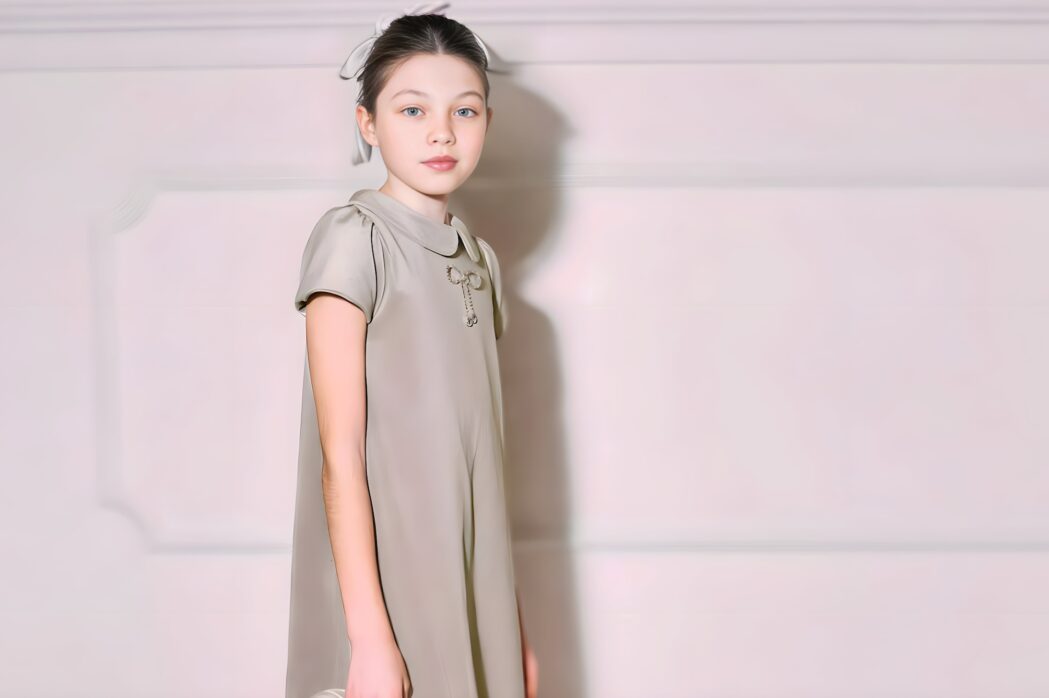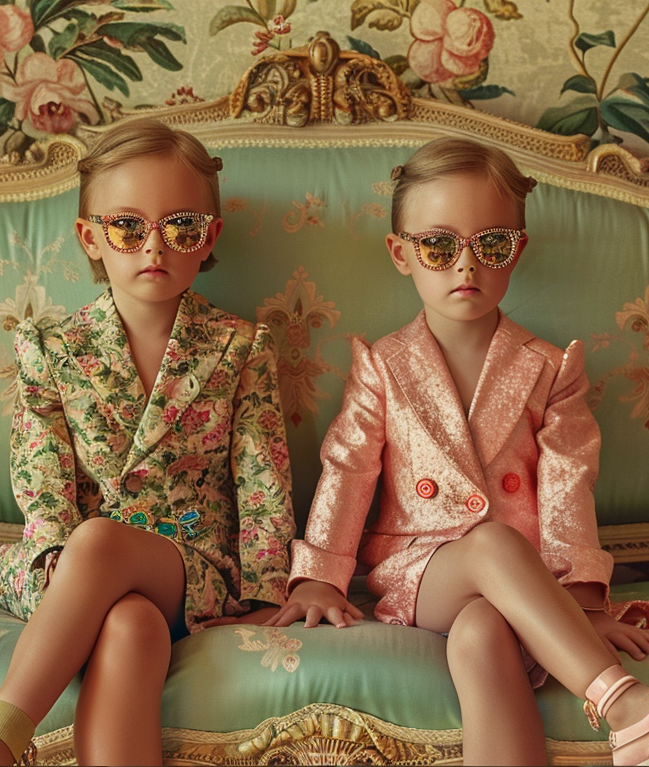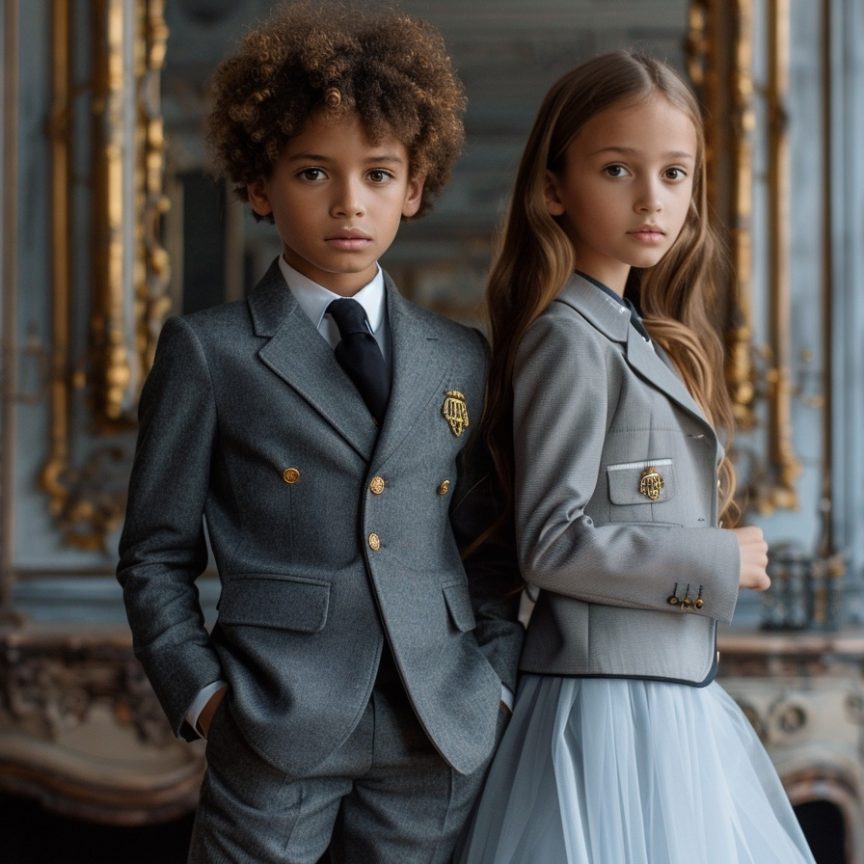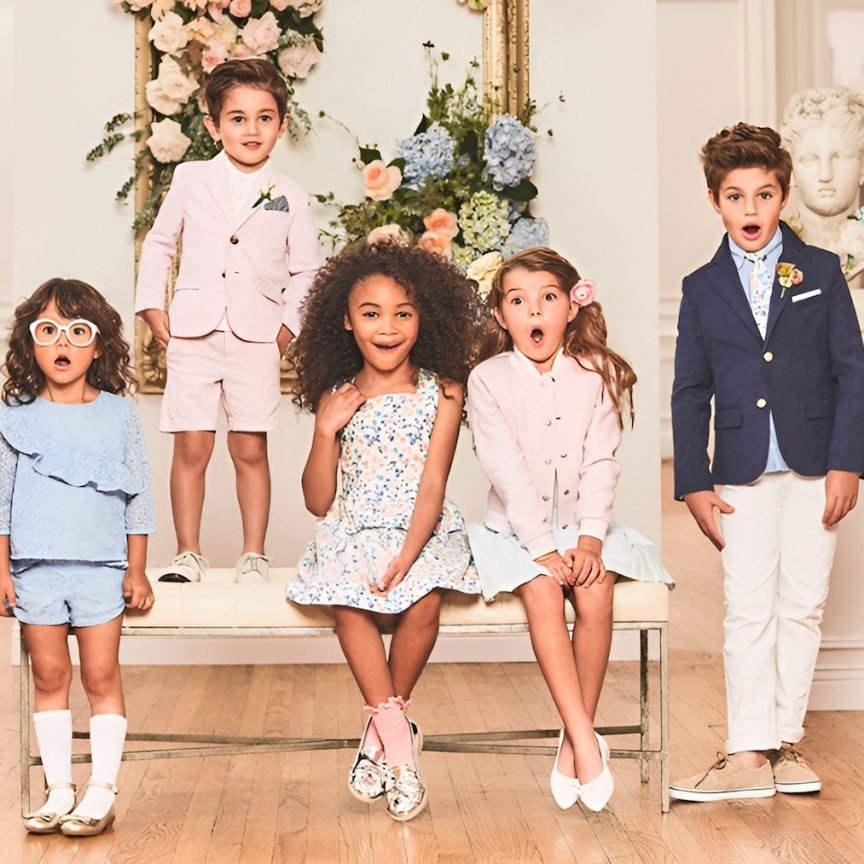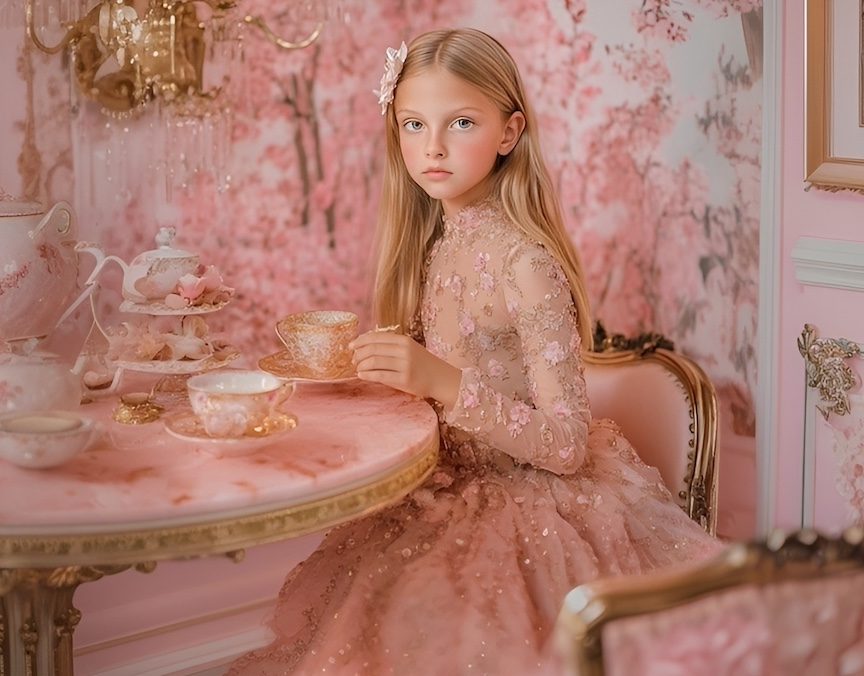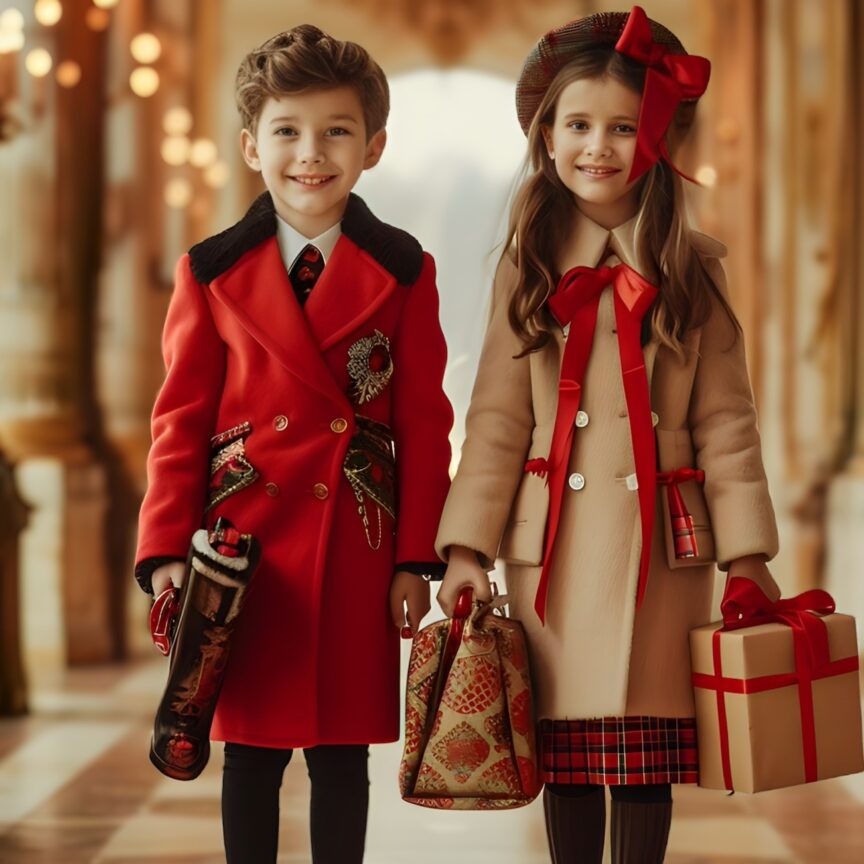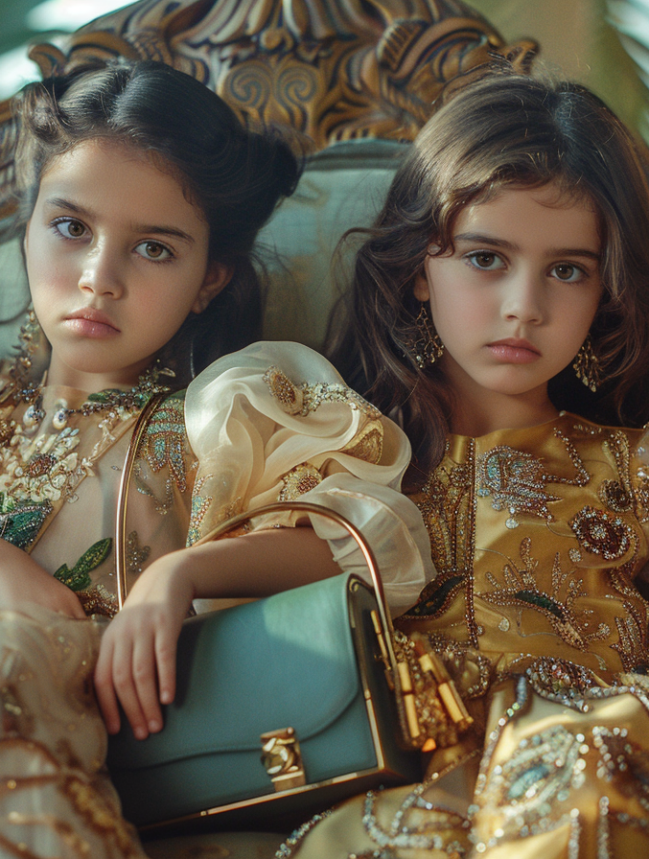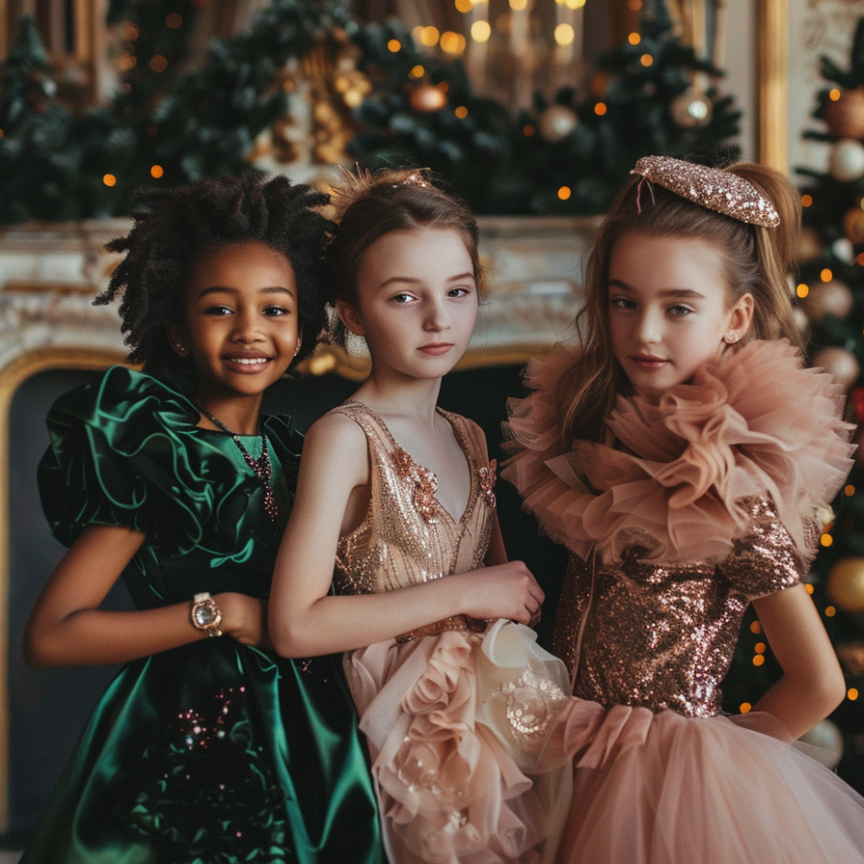Hosting a kids book club party can be a magical way to ignite a love for reading among young readers.... Read More
Summer 2025 is calling, and it’s time to awaken your inner goddess. After years of edgy streetwear and bold grunge... Read More
When it comes to designing a child’s room, parents are often caught between two desires: creating a beautiful, organized space... Read More
Kids’ fashion is no longer just about practicality; it’s an evolving industry where creativity, sustainability, and sophistication meet. As parents... Read More
As Halloween 2024 approaches, kids and parents alike are gearing up for one of the most exciting parts of the... Read More
When it comes to children’s fashion, few brands capture the essence of timeless elegance and craftsmanship quite like Patachou. Founded in... Read More
Dressing twins can be both fun and challenging. Whether you’re a parent, a family member, or a stylist, finding ways... Read More
Ever imagined what school uniforms would look like if they were created by the world’s top luxury fashion houses? From... Read More
There’s something magical about seeing a child dressed in an outfit that feels just as special as they are. It’s not... Read More
Creating a magical and memorable tea party for your little one can be a heartwarming experience—and what better way to... Read More
The holiday season is upon us, and nothing says magic quite like finding the perfect present under the tree. As... Read More
Finding the perfect luxury designer purse for little girls is more than just about fashion—it’s a way to introduce young ones to... Read More
As the holiday season approaches, it’s time to start thinking about dressing your little one in the finest designer Christmas... Read More
